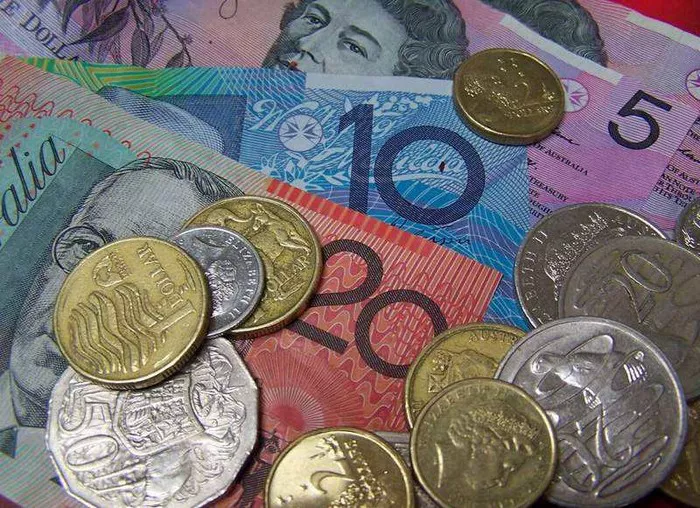The Australian dollar (AUD) is a key player in the global financial landscape, and its value is subject to various factors. The control and management of a nation’s currency involve a complex interplay of economic, political, and institutional forces. In the case of the Australian dollar, several entities contribute to its stability and influence its value. This article explores the dynamics behind who controls the Australian dollar and the intricate factors that shape its trajectory.
The Reserve Bank of Australia (RBA):
At the forefront of controlling the Australian dollar is the Reserve Bank of Australia (RBA). Established in 1960, the RBA is the country’s central bank, responsible for formulating and implementing monetary policy. The primary objective of the RBA is to maintain price stability, foster full employment, and ensure the economic prosperity of the nation.
The RBA exercises its control over the Australian dollar through various monetary tools, including setting interest rates, conducting open market operations, and managing the country’s foreign exchange reserves. By adjusting the official cash rate, the RBA can influence borrowing costs, impacting consumer spending, investment, and, consequently, the overall demand for the Australian dollar.
Government Policies and Fiscal Measures:
While the RBA handles monetary policy, the Australian government plays a crucial role in influencing the Australian dollar through fiscal policy. The government’s fiscal decisions, such as taxation, public spending, and budgetary allocations, impact the overall economic environment.
For instance, a government implementing expansionary fiscal policies, such as increased public spending or tax cuts, may stimulate economic activity and lead to a higher demand for the Australian dollar. On the contrary, contractionary fiscal policies, like reduced spending and increased taxes, may have the opposite effect, causing the currency to depreciate.
The collaborative efforts of the RBA and the Australian government aim to create a stable economic environment that supports sustainable growth and maintains the value of the Australian dollar.
Global Economic Factors:
The Australian dollar is not isolated from global economic forces, and its value is influenced by international economic conditions. Factors such as global trade, commodity prices, and geopolitical events play a significant role in determining the strength of the Australian dollar.
Australia is a major exporter of commodities, particularly minerals and agricultural products. Therefore, fluctuations in global commodity prices, driven by factors like supply and demand dynamics or geopolitical tensions, directly impact the Australian dollar. In times of rising commodity prices, the Australian dollar tends to strengthen due to increased export revenues.
Additionally, global economic uncertainties can lead to fluctuations in currency markets, affecting the Australian dollar’s value. The interconnected nature of the world economy underscores the need for a comprehensive approach to managing and controlling the Australian dollar.
Exchange Rate Mechanisms:
Australia operates under a floating exchange rate system, where the value of the Australian dollar is determined by market forces. The exchange rate is influenced by supply and demand dynamics in the foreign exchange market, reflecting investors’ perceptions of Australia’s economic health and future prospects.
In contrast to fixed exchange rate systems, a floating exchange rate allows the Australian dollar to adjust to changing economic conditions. This flexibility enables the currency to find its equilibrium, minimizing the need for constant interventions by the central bank.
Financial Institutions and Market Participants:
The Australian dollar is traded in the foreign exchange market, where various financial institutions and market participants engage in buying and selling currencies. The actions of these participants, including commercial banks, hedge funds, and institutional investors, contribute to the daily fluctuations in the Australian dollar’s value.
Market sentiment, economic data releases, and geopolitical events influence the decisions of these participants, impacting the demand and supply for the Australian dollar. Central to this is the concept of currency speculation, where investors anticipate currency movements and make trading decisions based on their expectations.
What Happens If The Australian Dollar Increases In Value?
Conclusion:
In conclusion, the control of the Australian dollar is a multifaceted process involving the Reserve Bank of Australia, government policies, global economic factors, exchange rate mechanisms, and a myriad of financial institutions and market participants. The interconnected nature of these elements underscores the complexity of managing a nation’s currency.
A harmonious coordination between monetary and fiscal policies, along with avigilant eye on global economic developments, is essential for maintaining the stability and value of the Australian dollar. As a key player in the global financial landscape, the Australian dollar’s journey is shaped by both domestic and international forces, reflecting the intricate dance of economic factors on the world stage.


